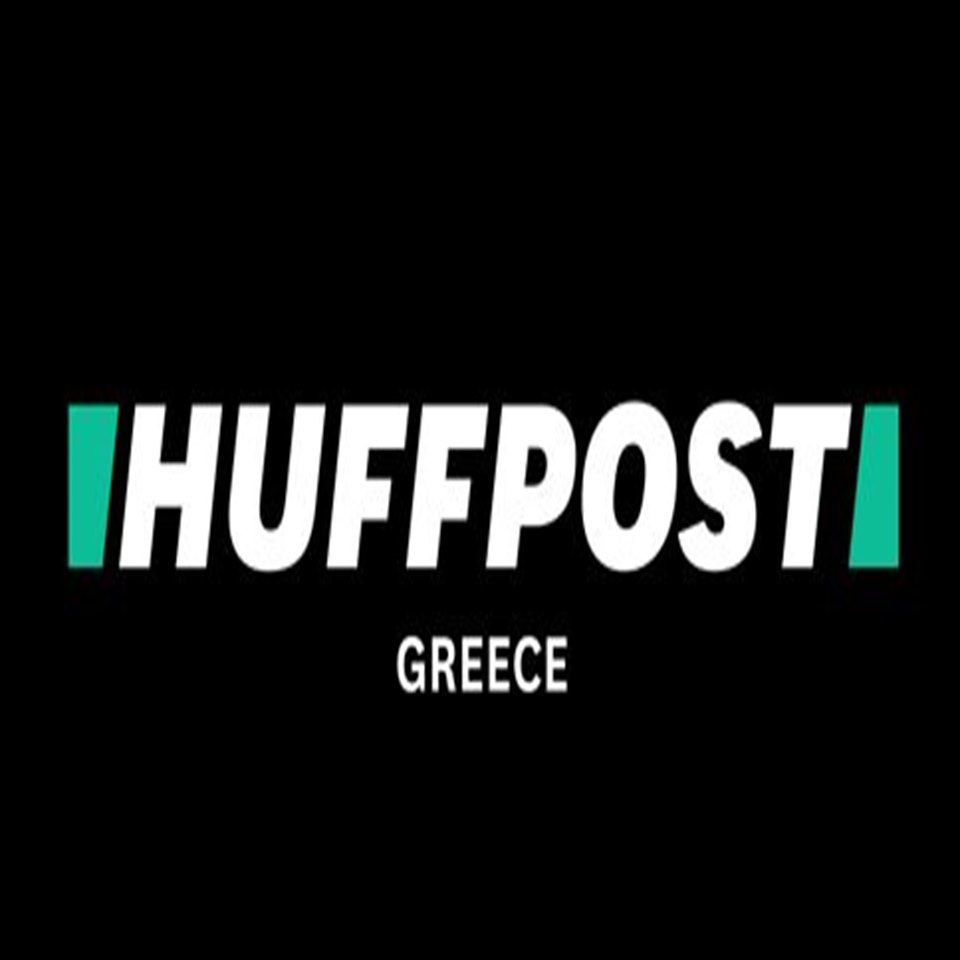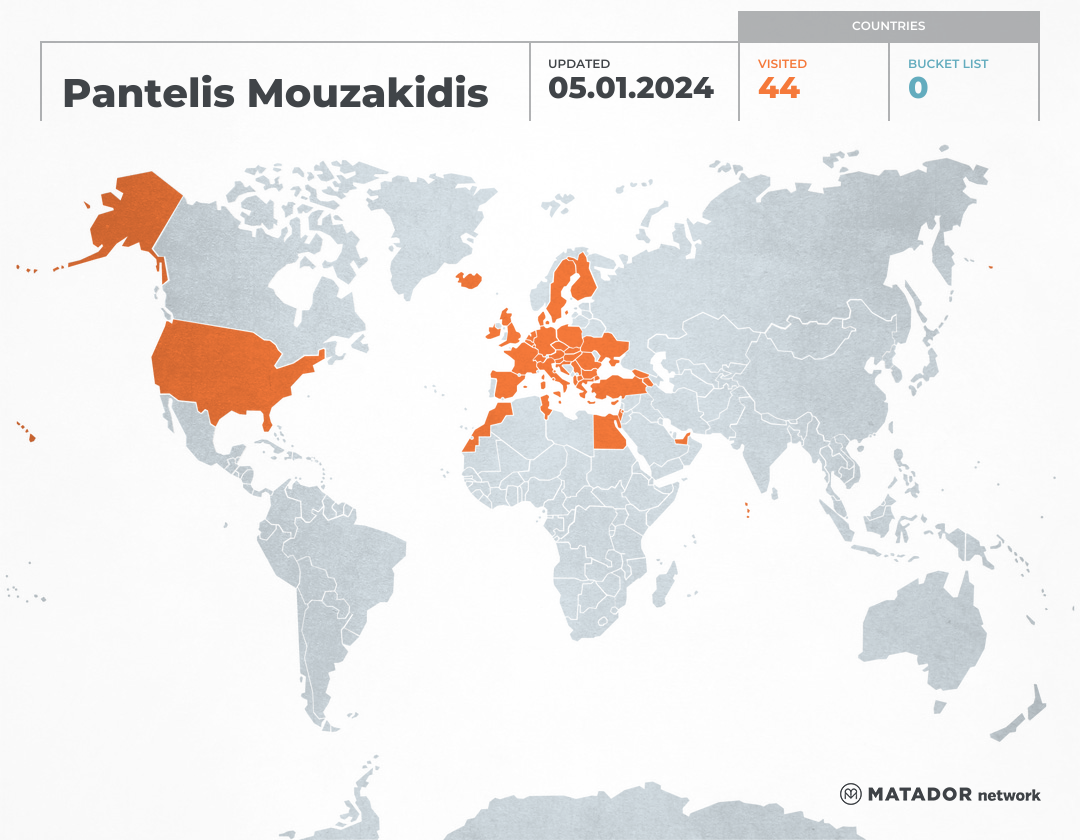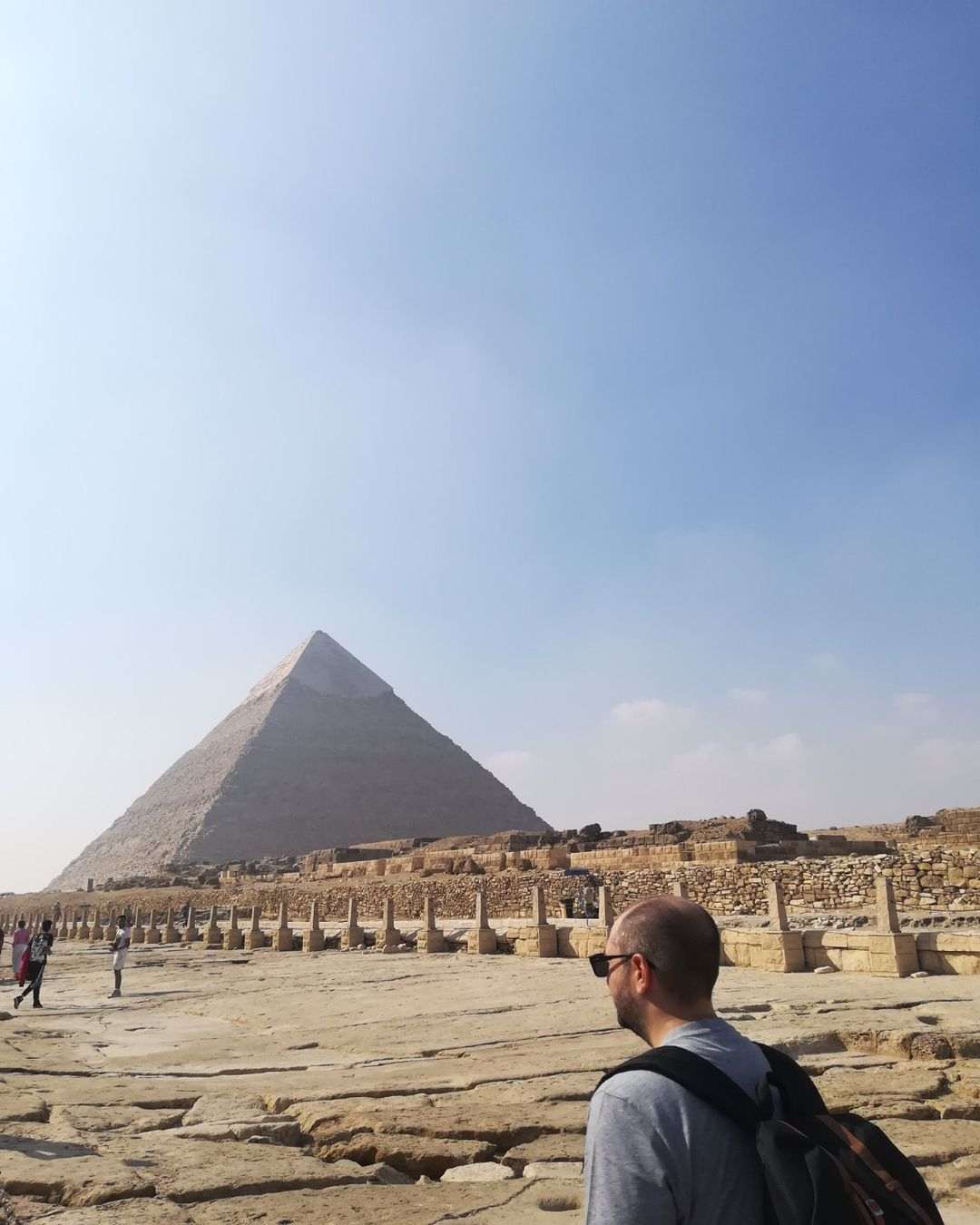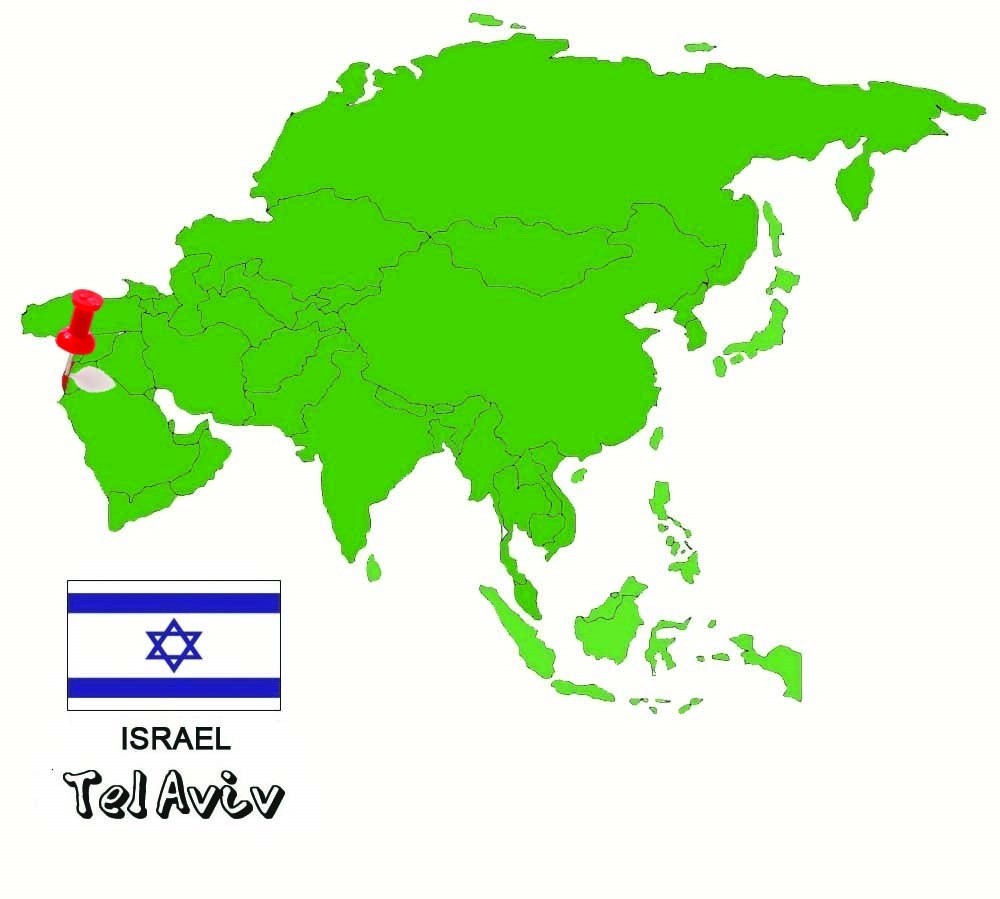
Charming alloy of East and West. A vibrant and extroverted city, modern and traditional, with fresh memories of its short but turbulent history. A city that gives the feeling of many different worlds at the same time. A city with thousand faces
A few words about the city
Tel Aviv is Israel's second largest city and its first capital, while the official name of the city is Tel Aviv-Jaffa (ancient Joppa). It is located on the Mediterranean coast, south of the Yarkon River and about 53 km northwest of Jerusalem, being the country's most important port. It is built in the Sharon Valley, and is watered by two small rivers that dried up in the past during summer. Despite its location and the inadequacy of its port, the city has grown rapidly since its founding in 1909. The city itself had a population of 350,000 in 1952, while it currently has 405,400 inhabitants, while the metropolitan area has 3,850,000 inhabitants. The area has been inhabited since the Bronze Age and throughout the centuries has been inhabited by almost all peoples, as there are findings from Persian and Hellenistic buildings, while the name of the ancient city Jaffa refers to Egyptian texts. Most countries, including Greece, maintain their embassies there, as they do not recognize Jerusalem as the country's capital until its status is cleared, as claimed by the Palestinians. Tel Aviv today is a large metropolitan area, with huge buildings, the country's Stock Exchange and the heart of its nightlife. The "New York of the Mediterranean" has been designated by UNESCO as a World Heritage Site, bringing together most Bauhaus architecture buildings in the world. So I'll try to present you Tel Aviv through my own eyes and share with you what I think somebody should see, visiting the city for the first time.
Old Jaffa
The old city of Jaffa is the most historic and, for many, the most beautiful part of Tel Aviv. Located on the southwest side of the city, it attracts almost the majority of Tel Aviv's attractions, with most nightclubs and restaurants nearby.
The first picture of someone entering the old town is a balcony, the famous House on the Sea. From there you will have panoramic views of the beaches and the new section of Tel Aviv, with its skyscrapers and luxurious buildings.
However, the trademark of the area is without a doubt the Jaffa Clock Tower. It is a tall tower, dating from 1901 and built of limestone. This particular building is dedicated to Jews, who were killed in the 1948 Arab-Israeli war and according to legend was erected by a wealthy Jewish merchant, who wanted to get rid of passengers, who asking the time.
Next stop in the old town is the Jaffa's Flea Market. It is a market or rather a series of shops, selling antiques and other vintage items. If you are a fan or a collector, then it is a good opportunity to find some good pieces, if not, the walk there will not leave you disappointed.
Inside Jaffa we find a beautiful park with many surprises. I'm talking, of course, about Abrasha Park. From there you will have a panoramic view of Tel Aviv, while you will be able to gaze some beautiful sights. The first of these is the Wishing Bridge, the legend says that if you hold your zodiac sign, looking towards the sea and make a wish, it will come true. There is also the Ramses Gate, an Egyptian-era victorious arch, the Suspended Orange Tree, an orange tree with no roots in the ground, but a pot hanging in the air, as well as the statue of the Smiling Whale.
Finally, in this area you can visit two magnificent Christian temples, the St.Peter's Church and the St. Archangel Michael Monastery. The first is a Franciscan Church of 1654 that operates to this day, performing functions in English, Spanish, Polish and Hebrew. The second is a Greek orthodox monastery, built on the ruins of a former Byzantine church and is the seat of the Bishop of Jaffa.
Beaches
The old city is beautiful, but let's not hide behind our finger; one of the main reasons Tel Aviv has developed as a tourist destination, is that it is surrounded by the Mediterranean. With temperatures reaching and often exceeding, 20 ° C from March to November, the city combines a wonderful Mediterranean climate with 14 km. beach.
So, in Tel Aviv you will find several great beaches, the most popular is the Gordon, always filled with families, teenagers and tourists. There are dozens of restaurants around, and the beach itself has its own outdoor gym!
The beach next to the Hilton Hotel is the most gay-friendly and is said to have been inspired by the Super Paradise of Mykonos. If you love water sports, then you can rent the necessary equipment or take surf lessons with experts.
The Jerusalem (Geula) is the hippest beach in the city, and the place where locals play matkot for hours. The matkot is a famous beach game in Israel, resembling racquets.
The area from Frishman to Bograshov Beach is the best for me, as it is right in the middle so you can enjoy swimming in the golden beaches overlooking both the old and the new city.
Finally, Alma Beach is one of the quietest, so it's the ideal place to get away from the bustle of downtown. There you will find many pets running and bathing with their bosses, since it is the most pet-friendly.
Carmel Market
Tel Aviv may be a modern city full of skyscrapers, but that doesn't mean that it is not located in the Middle East, which is synonymous with open markets.The largest food market in the city is called Carmel Market (Shuk Hacarmel) and was even born 11 years before the city's official creation! Get lost in the labyrinthine alleys, filled with stalls selling everything you can imagine. Feel free to try fresh fruits, natural juices (I suggest the pomegranate), nuts, syrup sweets, halva and other traditional delicacies. Besides falafel and Sawarma, I suggest you find Koby and try burika. You will understand his counter, Burika Center, from the dozens of people who crowded around him, to taste this famous fried pie with egg and potato.
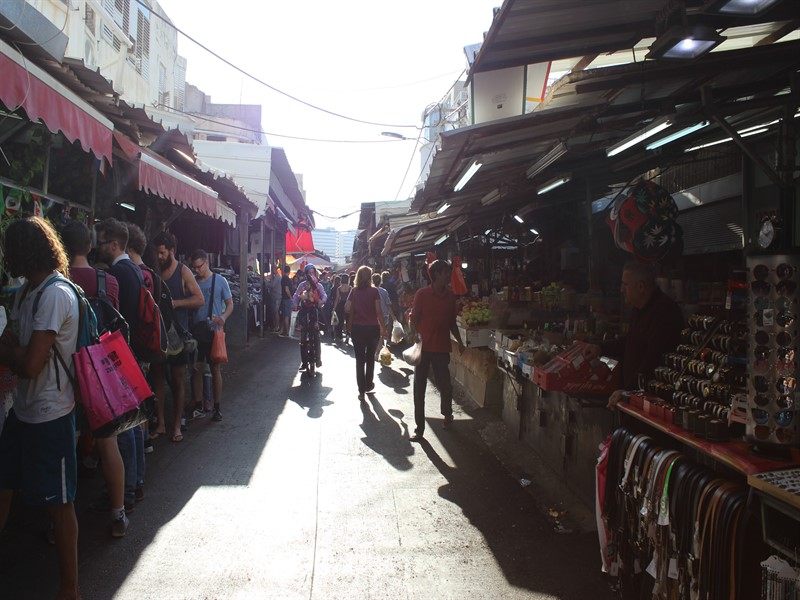
Neve Tzedek
Another district of Tel Aviv that is worth visiting is the Neve Tzedek. It is a "suburb" created in 1887, before the city of Tel Aviv officially existed, in an attempt to decongest Jaffa. A major restoration effort in the 1980s now highlights its preserved buildings and is reminiscent of Athens' historic center. Here you will not find hordes of tourists shouting and being photographed at every corner, but you will have the opportunity to take quiet walks and see the everyday life of the locals. Neve Tzedek is also an ideal shopping destination, as there are independent boutiques, shops with handmade jewelry and colorful ceramics.
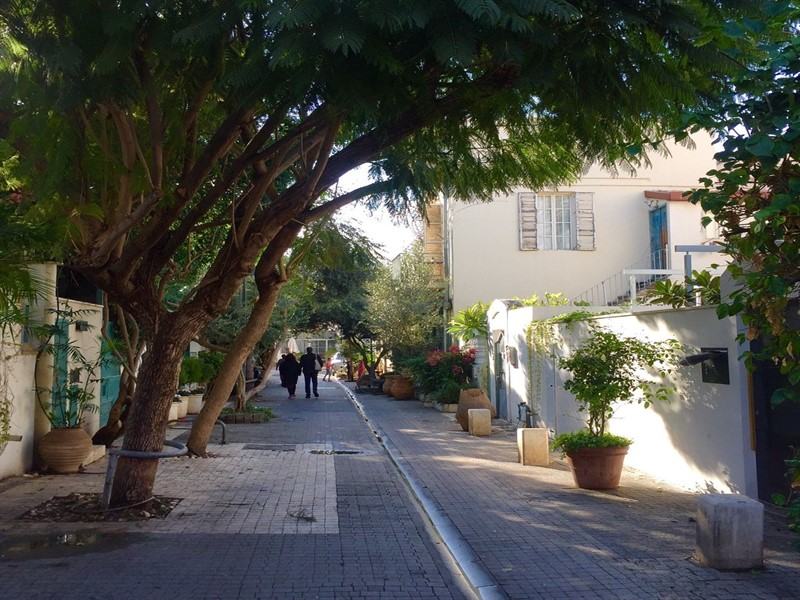
HaYarkon
In the northern part of the city, you will find Tel Aviv's Central Park; I'm talking of course about HaYarkon Park (or Ganei Yehoshua). It is an oasis of green just a breath away from the center, stretching along the Yarkon River. There you will find locals and tourists doing picnics, yoga, gymnastics, running or playing on the water slides and trampolines, enjoying nature away from the city's "hubbub." Inside the park you will also find the "Tropical Garden", a place full of palm trees and orchids, the "Rock Garden", which includes an impressive area full of cacti and rocks that has been given poetic names, and the bird shelter. Finally, if the weather is good, feel free to go boating on the park's lake, which is full of ducks.
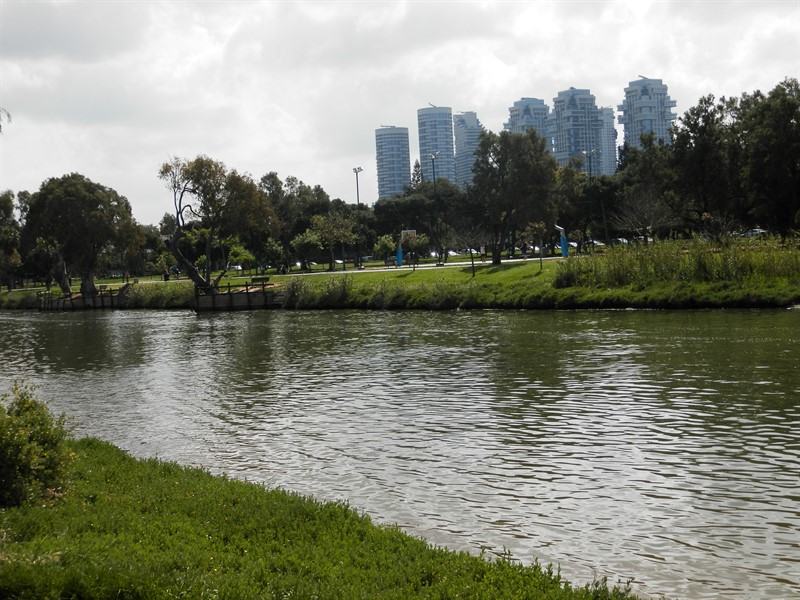
Kikar Rabin - Kikar Dizengoff
Rabin Square (Kikar Rabin) is the central square of Tel Aviv and the spot that hosts all major events of the city, such as political speeches, parades and concerts. It owes its name to Israel's Prime Minister, Yitzhak Rabin, who was publicly assassinated there by an extremist in 1995. In the northern part of the square is the Town Hall, designed in 1964, while in the southern part you will find the impressive pyramidal monument dedicated to the Holocaust.
The other square worth visiting is Dizengoff (Kikar Dizengoff). This square owes its name to Zina Dizengoff, wife of the first mayor of Tel Aviv, Meir Dizengoff. At its center lies an impressive colorful fountain, called the Water and Fire Fountain. It was designed by Israeli artist Yaacov Agam and drew a lot of criticism due to its high construction cost, but the final result is beyond dispute. The best time to visit the square is in the evening, when the fountain is illuminated and is most impressive.
The museums
In Tel Aviv it can be almost forbidden to get locked inside four walls, but it's worth taking a moment to visit some of the city's most unique museums.
I would suggest starting with the Tel Aviv Museum of Art, a magnificent Israeli art exhibit, as well as various European and American works of art. Among other things you will be able to admire the masterpieces of Monet, Renoir, Cezanne, Matisse, Modigliani, Kandinsky, Chagall, Van Gogh, Picasso and more. The museum also has periodic exhibitions of painting, sculpture, photography, multimedia and design, as well as the permanent exhibition of miniature dollhouses, which passionately collected and donated to the museum by the "Empress" of cosmetics, Elena Rubinstein. The entrance costs 50 shekels, that is, about 13e.
The Design Museum Holon is located in a suburb of Tel Aviv, Holon and is the first of its kind in the country. This impressive and gigantic building opened in 2010, designed by renowned British-Israeli designer Ron Arad and is one of the most iconic and avant-garde buildings in Israel. The museum's atmospheric venues accommodate the latest trends in design, fashion and architecture. The entrance costs 35 shekels, that is, about 9e.
Finally, make a stop at the Museum of Jewish Dispersion (Bet Hatefutsoth), located on the campus of Tel Aviv University. There they unfold two and a half thousand years of Jewish history, which is presented through interactive exhibits, multimedia applications, documentary films, original photographs, murals and sculptures. In this museum you will have the opportunity to get acquainted with the history of the Jewish people and their contribution to the world cultural heritage, as well as the various manifestations of Jewish life in the dispersion. The entrance costs 49 shekels, that is, about 13e.
How to go
Thessaloniki is connected by air to Tel Aviv and Ben Gurion International Airport via Ryanair. With proper planning one can find tickets starting from 22€ round trip! If you want a more comfortable flight, you can choose an Aegean flight from 109€ round trip.
Where to stay
One of Israel's negatives is the expensive accommodation. And when I say expensive I mean it, since you don't expect to find anything under 90e per day! Even the hostels or apartments are outrageously priced, especially during the holidays. My suggestion is the BayWatch Hotel, a boutique hotel on the beach of Tel Aviv, featuring beautifully-spacious, well-equipped rooms.
How to move
Tel Aviv has several modes of transport for residents and tourists, since there are buses and intercity trains, which will take you wherever you wish. Buses are the main means of transport, with frequent routes to the beaches and the old town. Depending on the days you stay in the city, I suggest issuing a Rav Kav travel card, which costs 5 shekels, either from a driver or the homonymous app, to move more comfortably and economically. Finally, I could not fail to mention the Sherut. So Sherut is a kind of minivan - taxi, which you share with 8-10 other people. You can get to your destination faster and more economically than if you were using a regular taxi. It makes city-to-city routes, routes within the city itself, and finally, routes to and from the airport. You can use it from the start points; otherwise stop it on the road.
What to eat
Israel's multicultural character is also reflected in the country's cuisine. The countless immigrants, who came to the country, have brought with them their favorite family recipes from North Africa, the Mediterranean and other countries of the Middle East. Some of the things you should try before leaving town are falafel, hummus, shawarma, shakshuka, olives, halva, local fish from the Jordan River, fresh fruit juices, delicious breads and a variety of honey desserts. For those who don’t know, falafel is something like chickpea balls, hummus a creamy salad of tahini and chickpeas, shawarma is the “souvlaki” of Israel's and finally shakshuka is a delicious dish, with egg, tomato and garlic, usually eaten for breakfast or dinner and served in hot dishes that are cooked at that time. You can eat the best falafel at Falafel Hakosem and Abu Hassan Restaurant, so for shakshuka you should go to Dr. Shakshuka while on a burger at the Vitrina Sausage Grill.If your first concern is the nice view, then try Por do Sol TLV. Finally, I recommend you to try the local flavors at Carmel Market. The Burika Center, with the famous fried pie with egg and potato, dozens of syrups desserts and natural juices.
Useful information

In Tel Aviv we travel with a Passport with a validity of at least 6 months and no prior Visa is required. Upon entering the country, the Israeli authorities will grant you a free one-month Visa, but you should not miss it, as you will then have trouble.
In Tel Aviv, the language used is, of course, Hebrew, and most speak Arabic too. Younger people know English, and everyone is willing to help if they know.
The currency of the country is the New Israeli Shekel (ILS) and the exchange rate is currently 1 € = 3.92 shekels. Many shops in the bazaars accept dollars and euros.
Convert your money either to the dozens of banks in the city or to the exchange offices, which show the exchange rates, as they receive very little commission.
Take care of your belongings as there is an increased risk of wallets and other petty frauds in the city.
Getting to and from Tel Aviv Airport is easy, as there are regular train and bus services, that take you very soon to the city center.
The Hellenic Embassy in Tel Aviv is located at 3, Daniel Frisch Street and its phone number is +9723 6953060.
The best time to get to Tel Aviv is of course summer, so you can enjoy its beautiful beaches.
Shabbat is like our Sunday and lasts from sunset on Friday until sunset on Saturday. During this time, everything is under-operating from shops and restaurants to means of transport, so be prepared.
Recommended excursions → Jerusalem, Haifa, Dead Sea

{gallery}articles/telaviv{/gallery
If this article seemed interesting or contributed to your quality information, then you can like my facebook page: o_thessalonikios or follow me on instagram!
Mouzakidis Pantelis




